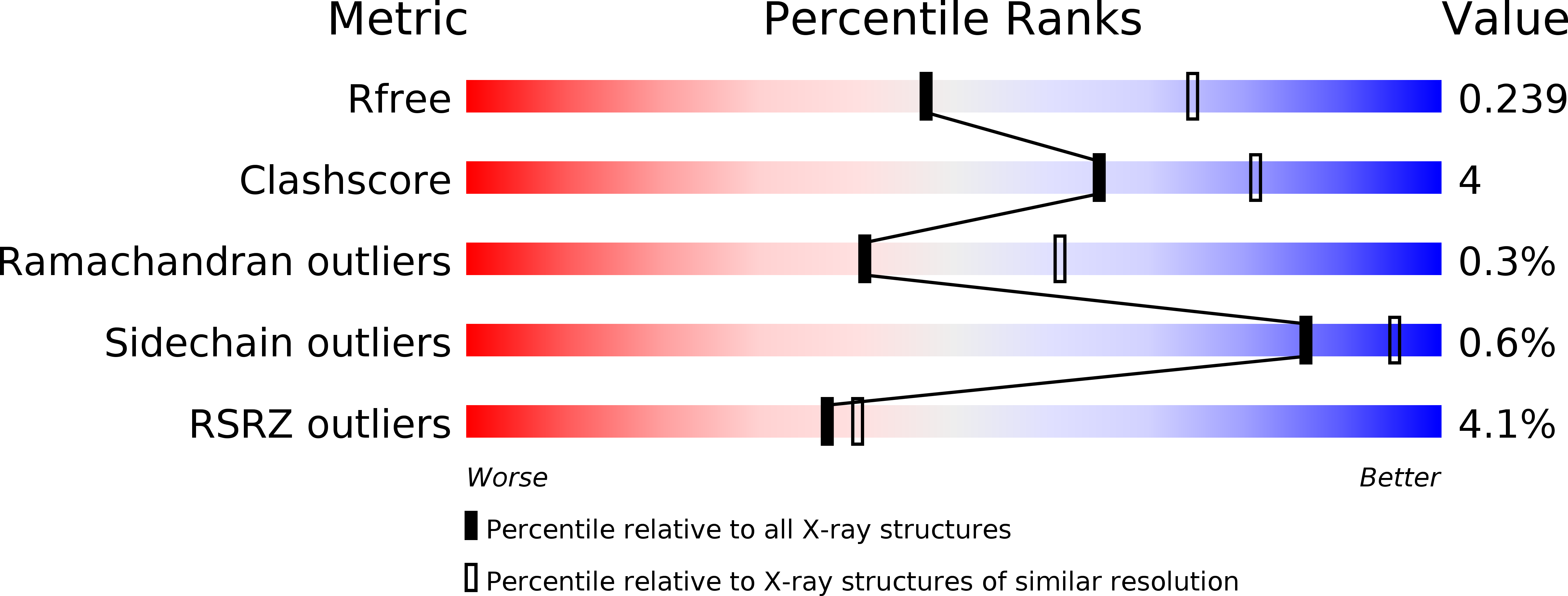
Deposition Date
2019-08-12
Release Date
2020-03-18
Last Version Date
2024-10-23
Entry Detail
PDB ID:
6SIU
Keywords:
Title:
Crystal structure of IbpAFic2 covalently tethered to Cdc42
Biological Source:
Source Organism:
Histophilus somni (strain 2336) (Taxon ID: 228400)
Homo sapiens (Taxon ID: 9606)
Homo sapiens (Taxon ID: 9606)
Host Organism:
Method Details:
Experimental Method:
Resolution:
2.49 Å
R-Value Free:
0.23
R-Value Work:
0.19
R-Value Observed:
0.19
Space Group:
P 21 21 21


